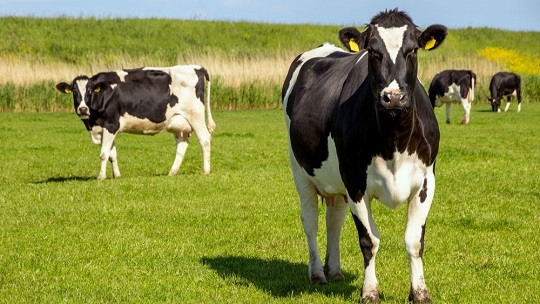21 October 2021
The leather industry has long argued that as a by-product, our raw materials, hides and skins, should not carry any environmental burden from the rearing of livestock. This is the concept of zero allocation, writes Cotance.

What is at stake with zero allocation? There is a debate when determining the carbon footprint of animal by-products. Two sides oppose each other.
One side, which includes slaughterhouses, is convinced that the carbon emissions caused by a cow during its lifetime must be distributed among meat and milk and also all by-products.
For hides, this results in a carbon dioxide (CO2) burden derived from agriculture, which is added to leather. This gives a disadvantage to animal by-products compared to, for example, synthetic products.
The other side, including the tanners, stands for zero allocation. This means that only the products that the animal was reared for, i.e. meat and milk, should carry the CO2 burden from animal husbandry. Unlike the primary products of livestock rearing, meat and milk, by-products like hides and skins may not always be further processed (e.g. because the carbon footprint is too large), and become waste. In the 2008 and 2020 crises, this happened with a large number of hides and skins.
If the skins available worldwide were disposed of to landfill, their decomposition would create significant additional CO2, amounting to approximately 5 million tons of harmful climate gases.
According to the US EPA emissions equivalencies calculator, that corresponds to the annual emissions of 1,087,400 average cars.
That’s quite a saving! Don’t waste this resource, use it!
我们为皮革、物料及时装业界创造面对面洽谈的机会,为客户缔造实质商机。我们云集世界各地的商家,让他们寻找新的合作伙伴,发掘潜在客户或供应商,并掌握业界最新发展。
我们主办多个专注时尚及生活潮流的商贸展览会, 为这不断变化的行业,提供最全面的买家及参展商服务,方便他们了解急速转变的行业环境,并预测来季趋势。

使用条款 | 隐私政策 | APLF 可持续发展